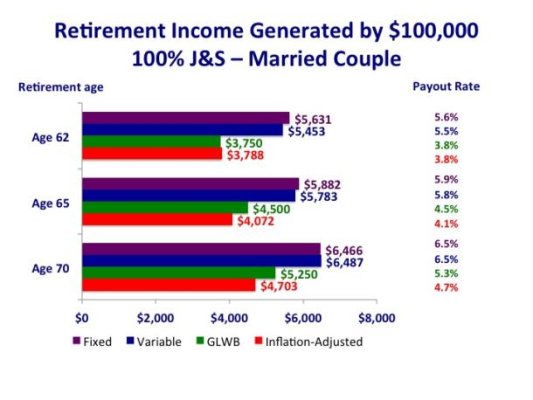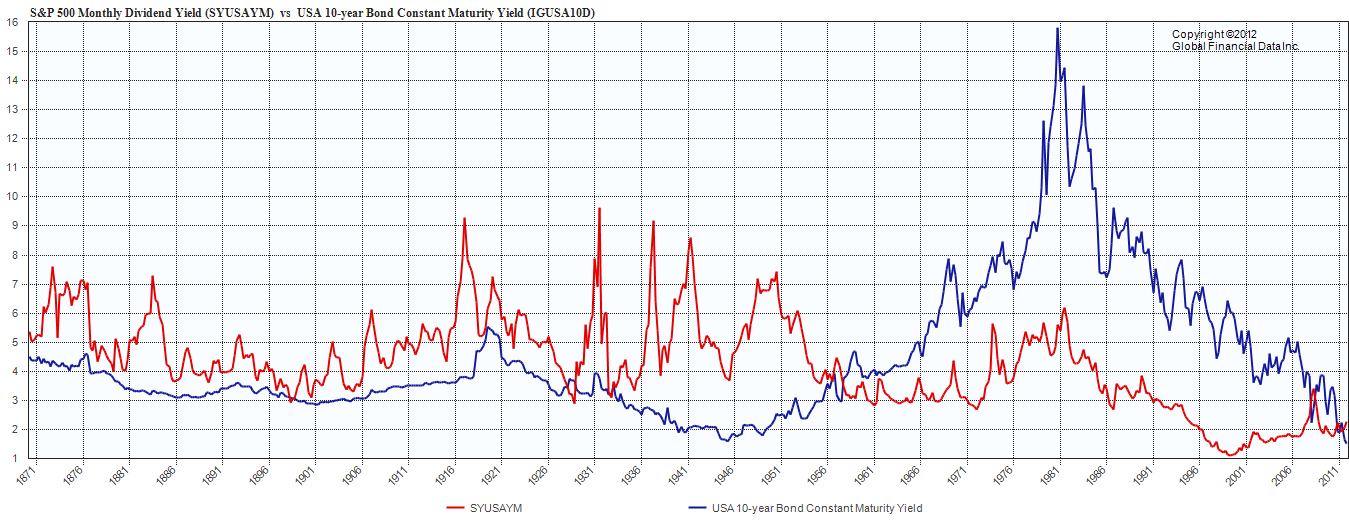Really? As I see it, the more money you have the less sense it is to defer.
The absolute max for a 70 yo (2013) is $3350/mo. For a 66 yo, $2533.
If yo have $1M and take 4% SWR, that's $3333/mo, so the total would be $5866 if you don't defer or $6683 if you defer. But in order to get that $6683 you'd have to take 4 years of only $3333. Where's the sense in that?
I think you missed part of running_man's plan. Did you notice the $180,000?
I'll convert your numbers to annual and do a little rounding because it's easier for me to see what's happening.
You say the choice is:
A. Take SS today.
Starting now, $30,400 from SS + $40,000 from 4% SWR = $70,400 total, indefinitely.
B. Defer SS for four years. Your plan is has two income levels.
First four years, $0 from SS + $40,000 from 4% SWR = $40,000
After that, $40,200 from SS + $40,000 from 4% SWR = $80,200
Given the choice between A and B, you'd take A. I suppose most of us would.
But, rm has a different plan. Again using your numbers:
A. Take SS today.
Starting now, $30,400 from SS + $40,000 from 4% SWR = $70,400 total, indefinitely.
C. Defer SS for four years
Move $160,000 from my $1 million portfolio into short assets (CD's, short TIPS), leaving $840,000 invested in stocks etc.
First four years, $0 from SS + $40,000 from ST + $33,600 from 4% SWR = $73,600 total.
After that, $40,200 from SS + $0 from ST + $33,600 from 4% SWR = $73,800 total
Notice that Plan C allows me to spend more money in the first four years,
and spend more money in the remaining years then Plan A. I prefer Plan C over both Plan A and Plan B. (Note that if I'm a more conservative 3% SWR person, the advantage of C is even larger.)
In fact, that's what we did. When I retired, we had a laddered portfolio of CDs and I-Bonds that was designed to fill the gap between retirement date and SS start date. We've mostly spent that portfolio down.


